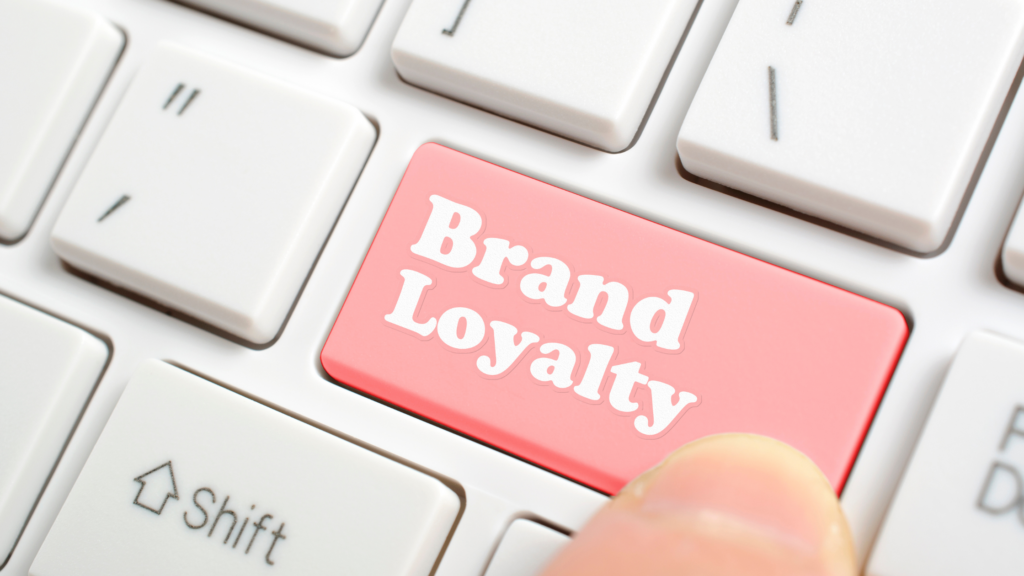
Advantages and Disadvantages of Direct Mail Advertising
Direct mail marketing is a form of marketing that involves sending advertisements, catalogues, and other promotional materials to customers through the mail. Direct mail can effectively reach customers and promote your business, but there are also some disadvantages to consider before using direct mail marketing. In this blog post, we will discuss the advantages and disadvantages of direct mail marketing campaigns so that you can make an informed decision about whether this marketing strategy is right for your business.
The advantages of direct mail advertising
Despite the increasing popularity of digital marketing tools, Direct Mail continues to be one of the most efficient and successful means of reaching potential customers. Here are a few reasons why businesses should consider using direct mail advertising:
Direct mail marketing is an effective channel for brand retention

Direct mail is a great way to keep the brand on top of your customers’ minds and an effective way of reaching new customers. By sending out postcards, flyers, or even simple letters, you can remind people of your existence and what you offer. In a world where customers have more choices than ever, direct mail can be key in keeping them loyal to your brand.
Direct mail marketing is personal and highly targeted
Businesses can target their direct mail campaigns specifically to target audience based on demographic groups or individuals who live in a particular area. This ensures that your message will reach only the people most likely to be interested in what you offer.
Direct mail is tangible and interactive
Physical pieces of mail offer a sense of tangibility and interactivity that other forms of advertising cannot match. People are more likely to take notice of a piece of mail that physically lands on their doorstep than an email that ends up in their spam folder.
Direct mail is long-lasting
Unlike digital ads, which can disappear or become outdated very quickly, physical mail can remain visible for weeks or even months after they are sent. This allows business owners to reach potential customers multiple times throughout a campaign.

Direct mail has a higher response rate than email
When it comes to driving response rates, direct mail campaigns still outperforms email. In fact, according to the Direct Marketing Association, the average response rate for direct mail campaign is 4.4%, compared to just 0.12% for email. There are several reasons direct mail is more effective at driving responses, including that it’s a more personal form of communication and is less likely to be ignored or deleted. Email may have a higher ROI, but direct mail is still king when it comes to driving responses.
Direct mail marketing can generate leads
According to recent studies, 66% of consumers who responded favourably to direct marketing materials, provided their contact information willingly, compared with 9% who responded favourably to email solicitations. By providing an incentive (e.g., a free giveaway or discount), businesses can increase the likelihood that recipients will provide their contact information, which can be used for future marketing efforts.
Direct mail marketing does not require an explicit GDPR consent
One of the biggest advantages of direct mail is that it doesn’t require explicit permission to send. This gives you more marketing freedom, especially in terms of lead generation. You can use direct mail to reach a wider audience with your marketing messages, and you don’t have to worry about violating anti-spam laws or junk mail.
Direct mail advertising has many advantages over other forms of marketing communication. By targeting specific demographics, creating a tangible product, and providing incentives for lead generation, businesses can maximize the effectiveness of their direct mailing campaigns.
The disadvantages of direct mail advertising

Direct mail marketing is time-consuming
As anyone who has ever done a mass mailing knows, direct mail advertising can be highly time-consuming. First, you have to gather a list of names and addresses. Then you have to print or purchase the actual mailing materials. Finally, you have to stuff and address each envelope by hand. The whole process can take days or even weeks, depending on the size of the mailing. And that’s not even considering the time it takes to design the ads themselves! Direct mail advertising can be a real hassle for businesses that only have a little extra time on their hands.
Direct mail campaign is not-instantaneous like digital marketing
While it is true that you can send out a mailing and have it delivered quickly, it can take some time for the recipient to receive the mail and open it. Depending on the mailing list’s size and the mail service’s speed, it can take several days or even weeks for the entire mailing to be delivered.

Direct mail marketing can be expensive
To produce and distribute due to postage, printing, and other associated costs. Depending on the size of a mailing list and the frequency with which mail pieces are sent out, businesses may find direct mail marketing cost-prohibitive.
Furthermore, many people ignore or discard direct mail pieces without even reading them – especially if they appear overly commercial or don’t apply to their interests. Lastly, direct mail can often be perceived as intrusive or annoying, particularly if it’s sent out too frequently.
In conclusion, direct mail advertising is an effective way for businesses to reach potential customers and generate leads. However, businesses should be aware of the time and cost associated with direct mail campaigns as well as the potential for recipients to ignore




